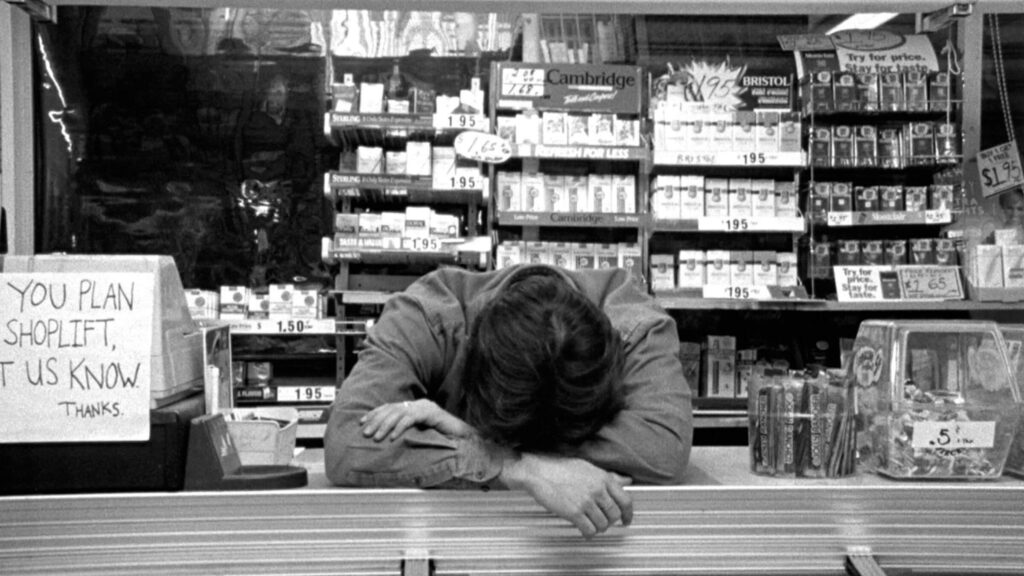The 1990s were not the best decade artistically for independent filmmaking (not when compared to the 1960s and 70s), but it was the best time for getting your indie movie seen. Small distributors (Miramax, October/Artisan, Island) released films that enough people saw to keep indie theaters thriving. Sundance became a household name in the 1990s, sparking interest in films like El Mariachi, Reservoir Dogs, Ruby in Paradise, and The Brothers McMullen. I was living in Richmond, Virginia, and could see major indie movies at the Westhampton, festival favorites at the Byrd, and world cinema at VCU or University of Richmond. These were times to commune with other adventuresome moviegoers—and it was an adventure. Once you paid your $5.50 and blocked off your evening, you felt less inclined to abandon the movie than one feels today with a Netflix show that doesn’t land in the first five minutes.
Streaming was a few decades off*, but cable and VHS allowed for an audience even if your project didn’t merit a theatrical release. Still, with TV screens maxing out at 32 inches (not counting the pricey, washed-out images from projection TVs) and VHS offering a crunky 230 lines of resolution, cinema was the destination for real moviewatching. I spent a lot of time in movie theaters, auditoria, and classrooms watching projected films, and it was these movies that influence much of how I think of cinema. Every one of the films I’ll examine is an independent production or a studio movie made by indie-minded artists.
I will try not to slip into nostalgia. I’ve come to dislike it, not because I’m unsentimental, but because nostalgia can lead to bad things like regret, paralysis, and Super Bowl ads you have to explain to your kids. However, the 1990s were my Pax Juventa, when I was a newly-minted Bachelor of Fine Arts struggling to find my way in the world but feeling confident at every step. I worked on an Independent Spirit Award winner, made an independent feature, shopped it at film markets, and moved to Hollywood. My steady companion in much moviegoing was the woman I married as the decade closed—our first outing was seeing Rosencrantz and Guildenstern are Dead. She hated the movie but found the company okay. Those were good years.
*Beyond Expectations was among the first films available on the internet. A site called alwaysi.com (short for Always Independent) distributed my little movie, along with others they screened at their Always Independent Film Festival. Alwaysi.com was purchased by Hollywood.com, which briefly gave my microbudget feature its largest potential audience before the site decommissioned its “streaming” library.

